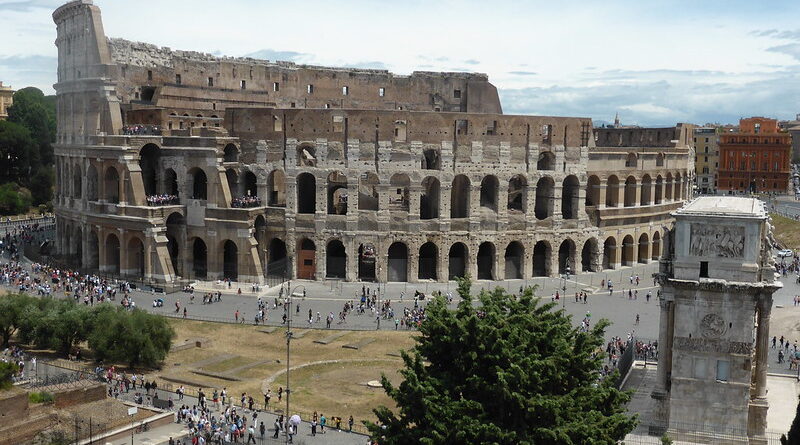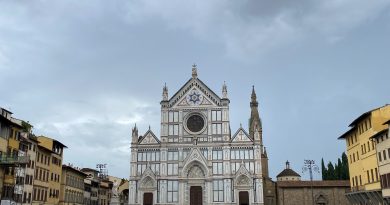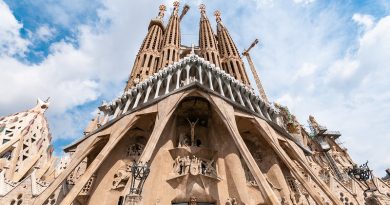The Roman Empire
Arguably the most influential and significant ancient empire in existence, at its peak Ancient Rome encompassed nearly 20 per cent of the world’s population and 6.5 million square kilometres in territory. Building upon the achievements of the Classical Greek Period, which influenced it greatly, the Roman Empire continued to innovate in areas such as politics, literature, arts, architecture and engineering amongst others.
Politically, the Roman Empire was a highly transient entity. Initially a monarchy, Ancient Rome soon after shifted into a Republic, a more democratic system of government, which proved to be highly influential on future politics, setting the blueprints for modern-day nations such as the United States and France. However, following the notorious assassination of Julius Caesar, Ancient Rome grew increasingly autocratic under his successor Augustus Caesar.
In addition to numerous architectural landmarks such as the Coliseum, the Romans’ engineering feats also extended to more infrastructural designs such as a revolutionary system of roads, which connected mainland Europe more effectively. Indeed, the Roman Empire at its peak included not only its immediate surroundings but extended across Southern Europe and included significant parts of Northern Africa, Arabia and modern-day Britain.
Following the establishment of an autocratic regime, Ancient Rome began a slow decline lasting centuries. In 92 BC, the empire found itself engaged in a war with the Persian Empire, which lasted over 700 years, remaining to this day the world’s longest conflict. Although the Empire’s territory continued to expand, reaching its apex under Emperor Trajan, Rome found itself increasingly defined by conflict, both internal and external. Eventually, instability rose to such an extent that the Western regions were able to usurp control and eventually achieve independence.
Although the Roman Empire survived, retaining control of much of its territory to the East, it was significantly weakened, and its hub moved to the Turkish city of Constantinople. Rome’s decline persisted as it found itself continually ensnared in centuries of bitter conflict with Persia. Although it remained an entity for centuries more, the Empire was a shell of its former self, finally ending when it was annexed by the Ottoman Empire, which would grow to become the region’s most significant superpower for centuries to come.
Rome’s long history and innumerable contributions to society make it one of the most unique and spectacular empires of all time.
More information:
Watch: Empire Builders: The Roman Empire
Read: Important Historical Sites of the Roman Empire
Read: Roman Gladiator: Rise and Fall of El Djem
Main Image: Colosseum, Rome. Pilot Productions ©




